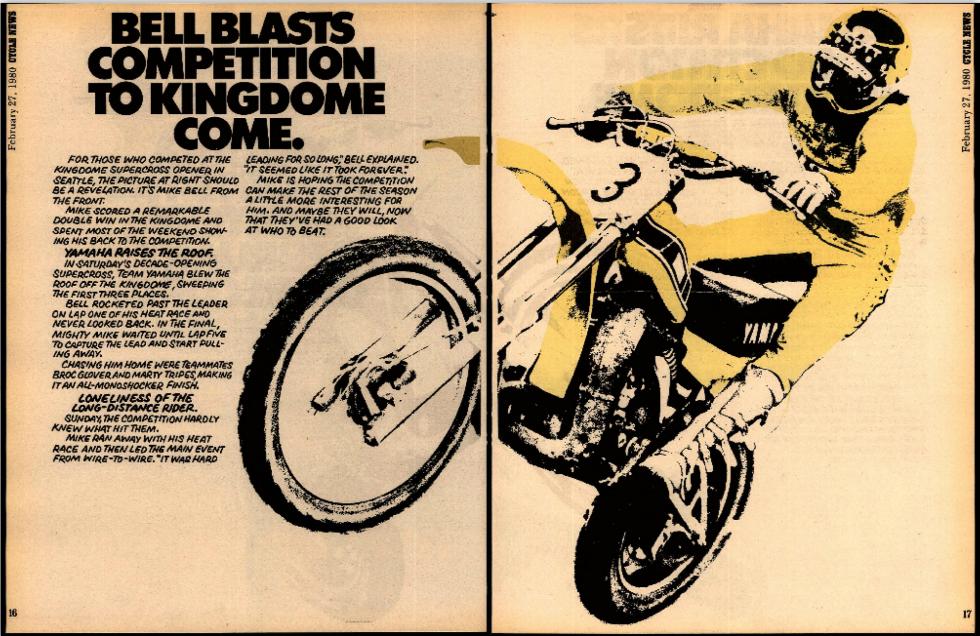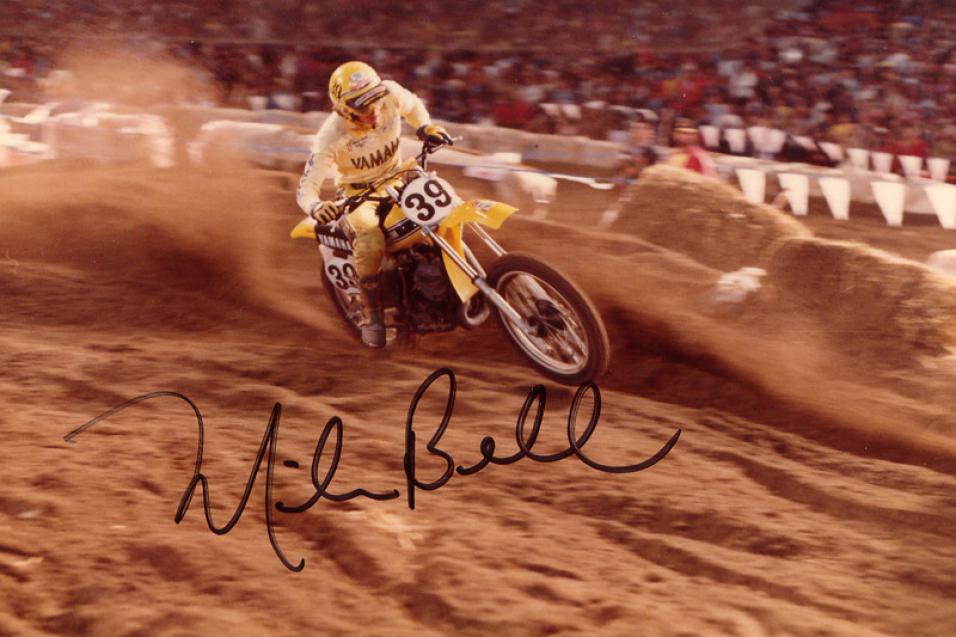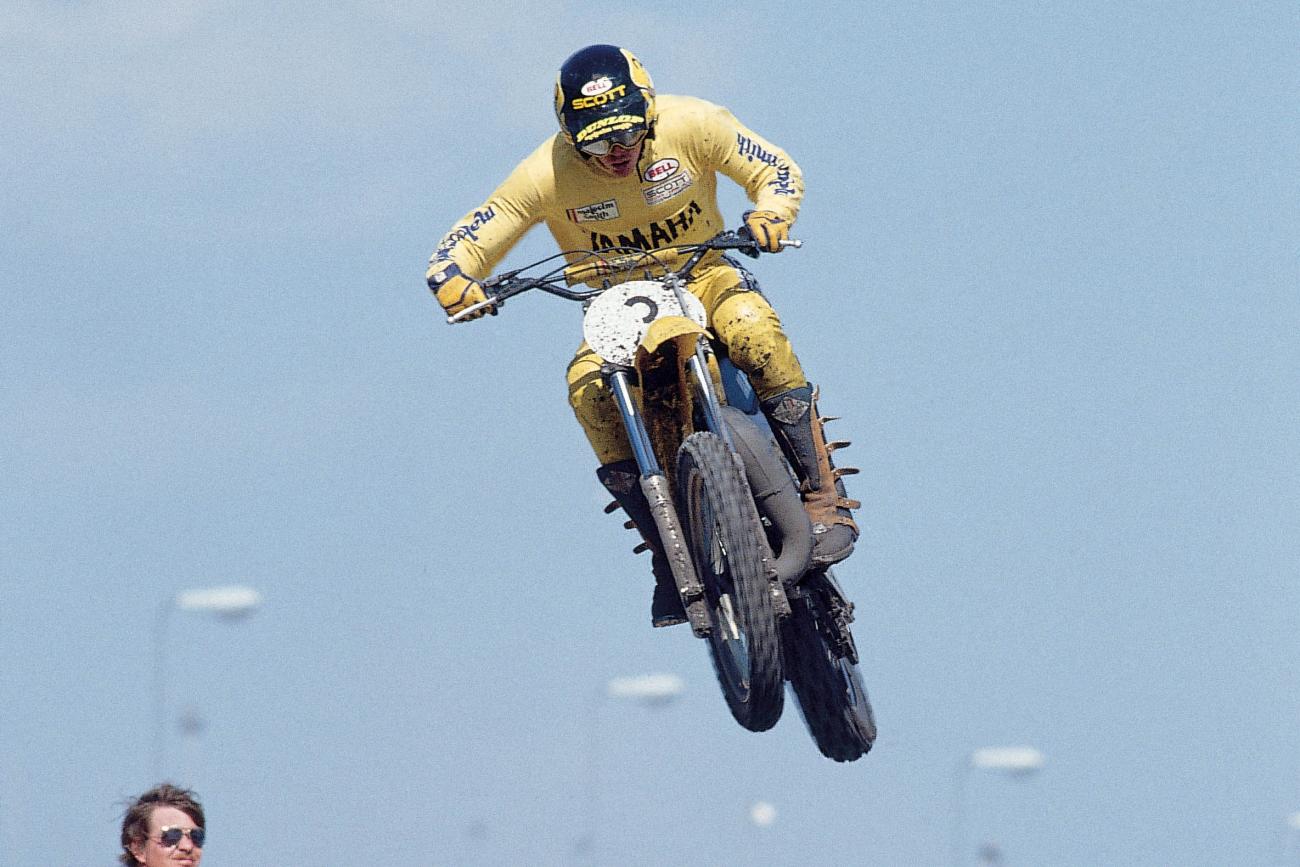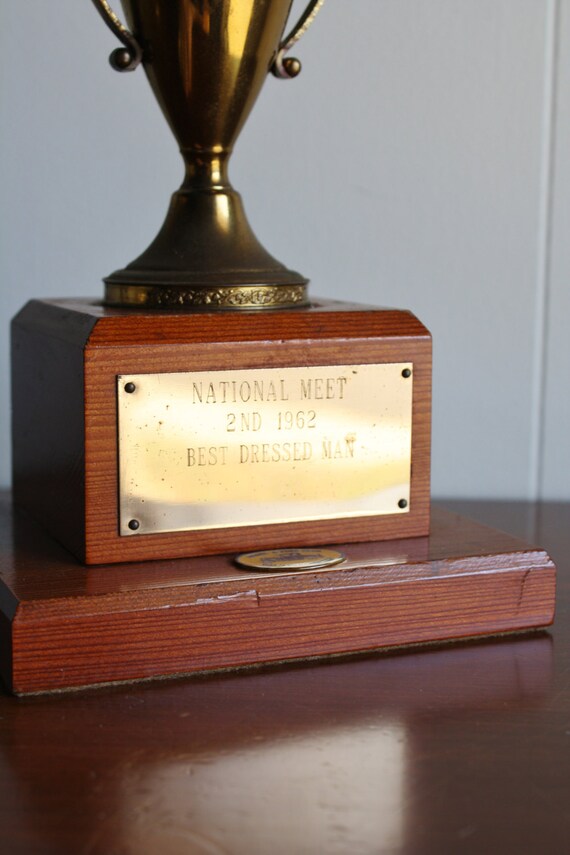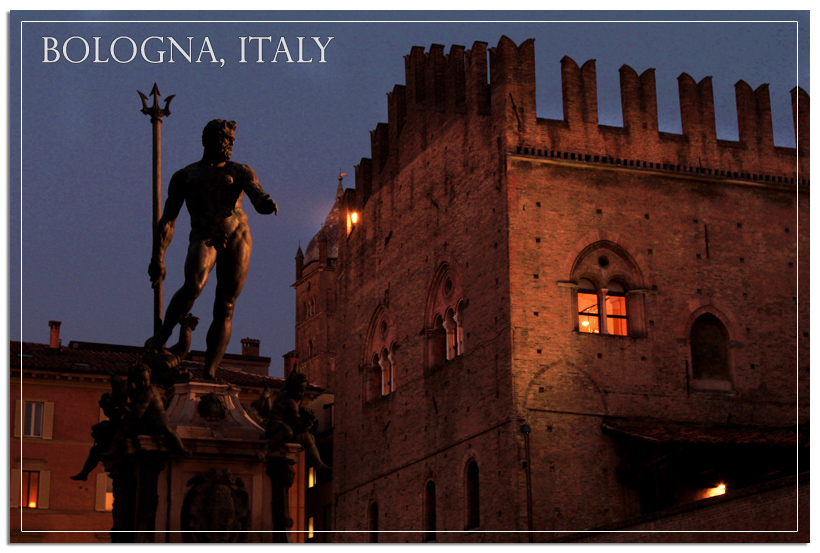Wyman Priddy, "The Father of Texas Motocross", wins his first National Championship riding a 500cc CZ at Snyder Park in Washington, Indiana.

Wyman Priddy, aka "The Father of Texas Motocross", started racing hillclimbs in 1962 and by 1966 he was collecting trophies throughout Texas running TT-Scrambles on his 500cc Triumph. In 1968 Wyman started racing motocross, he was at the forefront of the Texas Motocross movement and was the first major Texan to set center stage and make a run on the National and International motocross scene.
Speaking of the National scene, Priddy was an Open Class hero, preferring to ride the larger 500cc Class over the smaller 250's, and on June 11th, 1972 Wyman Priddy won the 5th round of the AMA National Championship Series in the 500cc class. The first moto would be a battle as Wyman would be passed by fellow CZ rider Barry Higgins in the last few laps. The second and third moto's would have a hard charging Priddy take the lead and checkered flag with Higgins finishing close behind in each race. Wyman's 1972 500cc outdoor national win secured his name among the nations best and coupled with the fact that until Dennis Hawthorne's career and retirement, Wyman probably won more races in Texas than anyone else, placing a big bold stamp on his name as the "Father of Texas Motocross".
Sadly, on Sept. 14, 1982, Wyman Priddy passed away suddenly in his sleep at the young age of 36 from arterial sclerosis. He had no symptoms and was not even sick.
Today in motorcycle history proudly supports the National Association for Bikers with a Disability (NABD). www.nabd.org.uk














